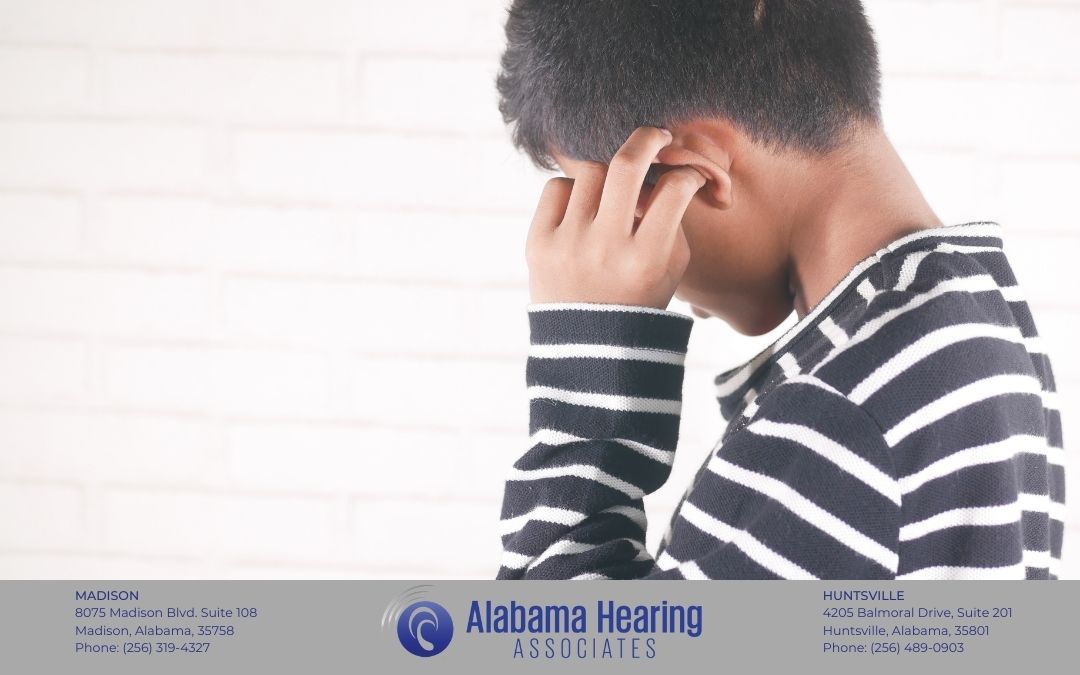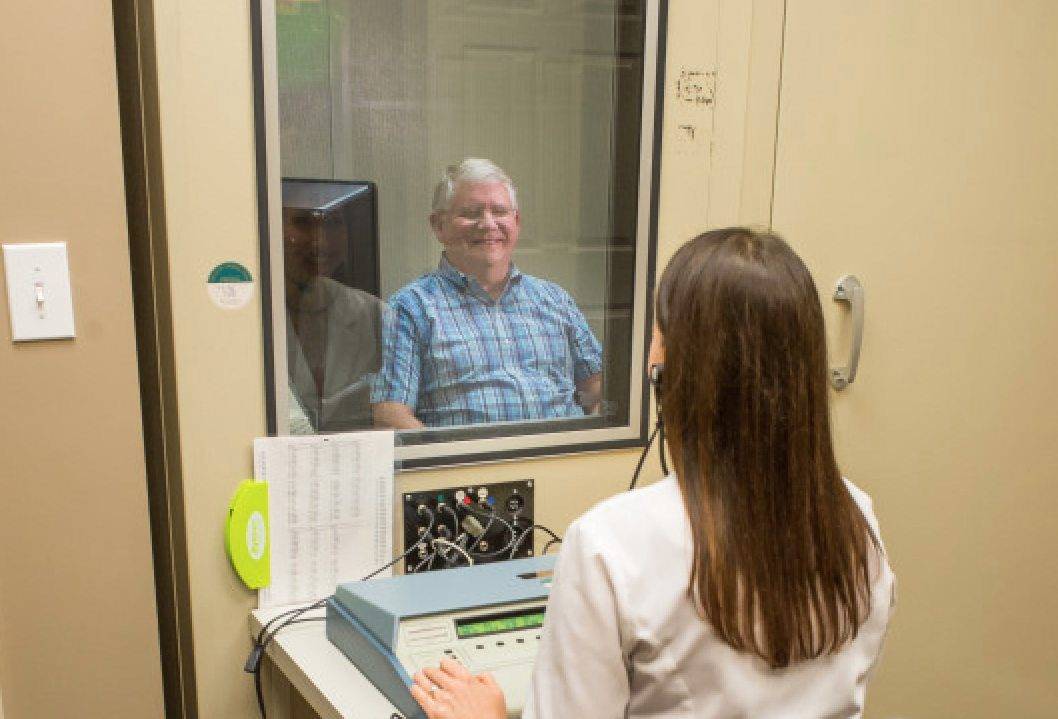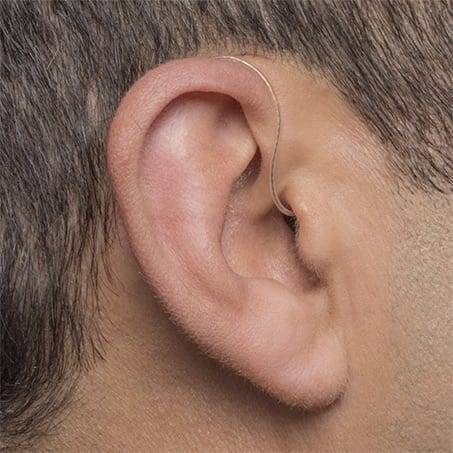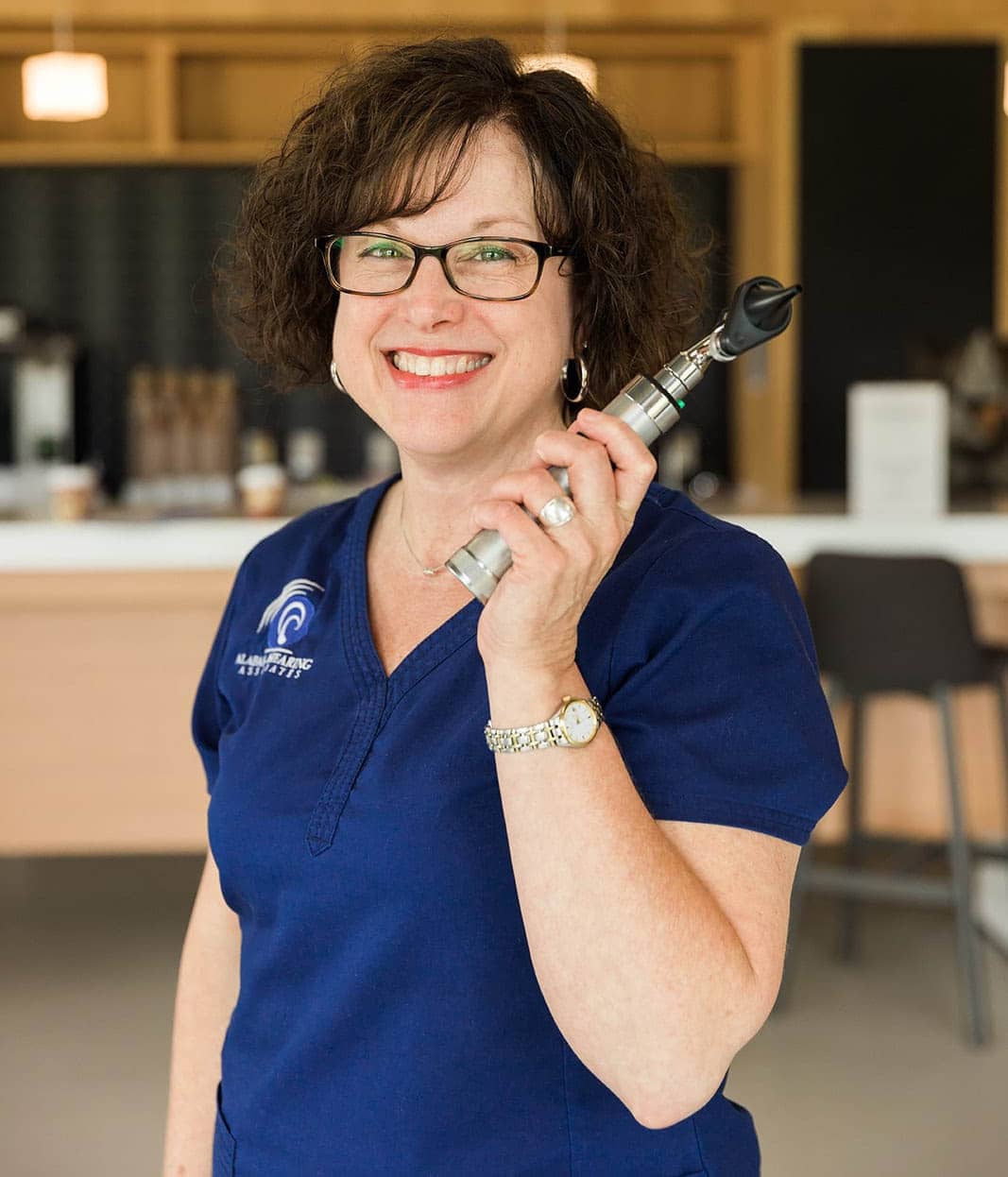Ear wax, medically known as cerumen, is a natural substance produced by the glands in the ear canal. While it may seem like an inconvenience, ear wax plays a vital role in protecting the ear canal by trapping dust, debris, and other foreign particles, preventing them from reaching the eardrum. However, excessive buildup of ear wax can lead to discomfort, hearing loss, and even infections.
In this guide, we’ll delve into the various methods of ear wax removal and discuss when it’s necessary to seek professional help.
Why Does Ear Wax Build Up?
Normal Production
Ear wax is produced by the ceruminous glands in the ear canal. For most people, the wax gradually moves from the inner ear to the outer ear, where it dries up and falls out naturally.
The amount and consistency of ear wax produced can vary from person to person, influenced by factors such as age, genetics, and the environment.
Impaction
Sometimes, ear wax can become impacted, leading to a buildup within the ear canal. This can occur due to various reasons, including:
- Narrow Ear Canals: Individuals with naturally narrow or curved ear canals are more prone to ear wax impaction.
- Excessive Cleaning: Ironically, using cotton swabs or other objects to clean the ears can push wax deeper into the canal, contributing to impaction.
- Hearing Aids or Earplugs: These devices can interfere with the natural migration of ear wax, causing it to accumulate.
Methods of Ear Wax Removal
Home Remedies
Over-the-counter drops
Many pharmacies offer over-the-counter ear drops designed to soften ear wax, making it easier to remove. These drops typically contain hydrogen peroxide, saline, or other safe ingredients.
Follow the instructions provided with the drops, usually by tilting the affected ear upward and administering a few drops. After allowing the drops to work for several minutes, tilt your head in the opposite direction to let the excess fluid drain out.
Warm Water Rinse
A gentle warm water rinse can help dislodge ear wax without the need for chemicals. Use a bulb syringe or a specialized ear irrigation kit for this method.
As a precaution, ensure the water is at body temperature to avoid discomfort or injury to the ear canal. Avoid using excessive pressure when irrigating the ear.
Professional Intervention
Ear Irrigation
A healthcare professional may perform ear irrigation using specialized equipment to safely flush out impacted ear wax. This procedure is typically performed in a medical setting and is suitable for individuals with significant wax buildup.
Manual Removal
In cases of severe impaction or when other methods are ineffective, a healthcare provider may manually remove the ear wax using specialized tools such as a curette or suction device.
When to Seek Professional Help
While many cases of ear wax buildup can be effectively managed at home, there are instances where professional intervention is necessary:
- Persistent symptoms such as ear pain, itching, or hearing loss
- Bleeding or discharge from the ear
- Previous ear surgery or ear problems
- Suspected perforation of the eardrum
If you experience any of these symptoms, it’s essential to consult a healthcare professional for a proper diagnosis and treatment.
Ear Wax Removal | Alabama Hearing Associates
Ear wax removal is a common concern for many individuals, but with the right approach, it can be managed effectively. Whether using home remedies or seeking professional help, the key is to prioritize safety and avoid potentially harmful practices. If you’re experiencing persistent ear wax buildup or related symptoms, don’t hesitate to reach out to a qualified healthcare provider for assistance.
For professional ear care services and expert guidance on ear wax removal, visit Alabama Hearing Associates. With clinics located in Huntsville, AL, and Madison, AL, our team of audiologists is dedicated to providing comprehensive hearing healthcare tailored to your needs. Schedule an appointment today to ensure optimal ear health and hearing function.












